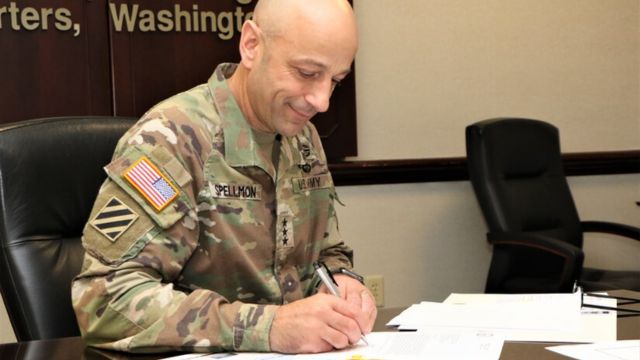Miami-Dade and U.S. Army Corps Collaborate on Coastal Defense Against Storm Surges in South Florida
DEBARYLIFE – The U.S. Army Corps of Engineers and Miami-Dade County have stepped up to protect South Florida’s shoreline from Mother Nature’s wrath as tides rise and hurricanes pound.
Yesterday, the two published a draft report outlining a plan to control the hazards of coastal storms that pose a threat to the communities in the area.
The Miami-Dade report claims that this is only the beginning of a larger plan to strengthen shorefront defenses against rising storm surges.
As part of a larger collaboration, the Corps refers to the report’s short-term solutions as a “first step.” These include raising residences above the danger line and floodproofing important structures.
“This report marks the initial stride in a comprehensive long-term collaborative strategy with our partners, Miami-Dade County, aimed at improving coastal resiliency,” stated Col.
USACE Norfolk District Commander Brian Hallberg, in a statement made available to the Miami-Dade press release. For a 30-day comment period, the public is encouraged to provide input, allowing them to directly influence the final design.
SEE ALSO – Arizona Abortion Ban Update: Kari Lake Notes Lack of Enforcement, What Should Be Now
The draft report, which also serves as a NEPA document, addresses the state of the environment today, assesses potential remedies, and conforms with state and federal environmental standards.
In line with the request for public feedback, Miami-Dade Mayor Daniella Levine Cava stated that the draft represents a “major milestone” in preparing the county for the future.
Mayor Cava urged locals to keep making suggestions for changes, saying, “From the beginning of this process, we’ve listened to the community and incorporated your feedback,” as per the Miam-Dade press release.
The report also proposes two new projects that will add to the arsenal of tools available to stem the tide. The goal of the Nature-Based Solutions Pilot Program is to improve ecosystems and reduce storm surges by incorporating strategies such as reef and mangrove restoration.
For structures that are still not covered by typical policy protections, a nonstructural program offers specially designed floodproofing. There are numerous ways to provide input on these and other measures: online, through email, in person at a future public meeting, or remotely through the use of a Public Commenting Tool.











